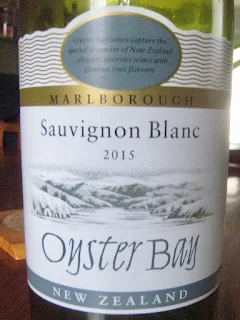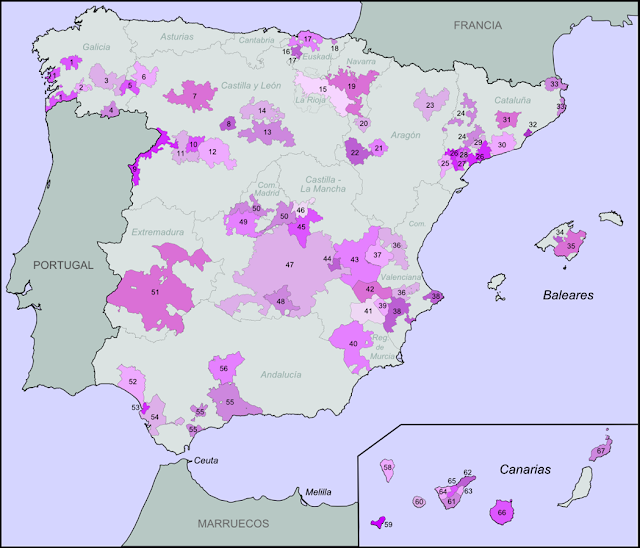Spain is renowned for its diverse wine regions, each with unique characteristics that contribute to the country's rich viticultural heritage. Here are some of the most important wine regions of Spain and their distinctive features:
### 1. **Rioja**
- **Location**: Northern Spain, along the Ebro River.
- **Uniqueness**: Known for its Tempranillo-based red wines, often blended with Garnacha, Graciano, and Mazuelo. Rioja wines are aged in oak barrels, giving them a distinct vanilla and spice profile. The region is divided into three sub-regions: Rioja Alta, Rioja Alavesa, and Rioja Baja, each with its own microclimate and soil type.
### 2. **Ribera del Duero**
- **Location**: Northern Spain, along the Duero River.
- **Uniqueness**: Famous for robust red wines made primarily from Tinto Fino (Tempranillo). The high altitude and extreme temperature variations contribute to the intensity and complexity of the wines. The region is also known for producing some of Spain’s most prestigious wines.
### 3. **Priorat**
- **Location**: Catalonia, northeastern Spain.
- **Uniqueness**: Known for powerful red wines made from Garnacha and Cariñena grapes. The region’s distinctive llicorella (slate) soils retain heat and reflect sunlight, contributing to the richness and minerality of the wines. Priorat is one of only two regions in Spain with the highest designation, DOCa (Denominación de Origen Calificada).
### 4. **Rías Baixas**
- **Location**: Galicia, northwestern Spain.
- **Uniqueness**: Renowned for its crisp, aromatic white wines made from the Albariño grape. The region’s cool, maritime climate and granite soils produce wines with high acidity, minerality, and fresh citrus flavors.
### 5. **Cava**
- **Location**: Primarily in Catalonia, especially around Penedès.
- **Uniqueness**: Famous for its sparkling wines made using the traditional method (similar to Champagne). The primary grape varieties used are Macabeo, Xarel·lo, and Parellada. Cava ranges from bone-dry to sweet and is known for its fine bubbles and complex flavors.
### 6. **Sherry (Jerez)**
- **Location**: Andalusia, southern Spain.
- **Uniqueness**: Known for its fortified wines made from Palomino, Pedro Ximénez, and Moscatel grapes. Sherry comes in various styles, from dry (Fino, Manzanilla) to sweet (Pedro Ximénez, Moscatel), and is aged in a unique solera system, giving it complex, layered flavors.
### 7. **Rueda**
- **Location**: Castilla y León, northwest of Madrid.
- **Uniqueness**: Specializes in white wines made from the Verdejo grape, known for their aromatic intensity, crisp acidity, and flavors of tropical fruit and herbs. Rueda also produces Sauvignon Blanc and Viura wines.
### 8. **Toro**
- **Location**: Castilla y León, west of Ribera del Duero.
- **Uniqueness**: Known for bold red wines made from Tinta de Toro (a local variant of Tempranillo). The wines are rich, high in alcohol, and have strong tannins, often requiring some aging to soften.
### 9. **Penedès**
- **Location**: Catalonia, near Barcelona.
- **Uniqueness**: A diverse region producing a variety of wine styles, including still whites, reds, and sparkling wines (Cava). Known for its innovative approaches and use of international grape varieties like Chardonnay and Cabernet Sauvignon, alongside traditional Spanish grapes.
### 10. **Jumilla**
- **Location**: Murcia, southeastern Spain.
- **Uniqueness**: Recognized for robust red wines made from the Monastrell (Mourvèdre) grape. The hot, dry climate and limestone-rich soils contribute to the wines' concentration and depth.
Each of these regions contributes to Spain’s reputation as one of the world’s top wine-producing countries, offering a wide range of styles and flavors to explore.




